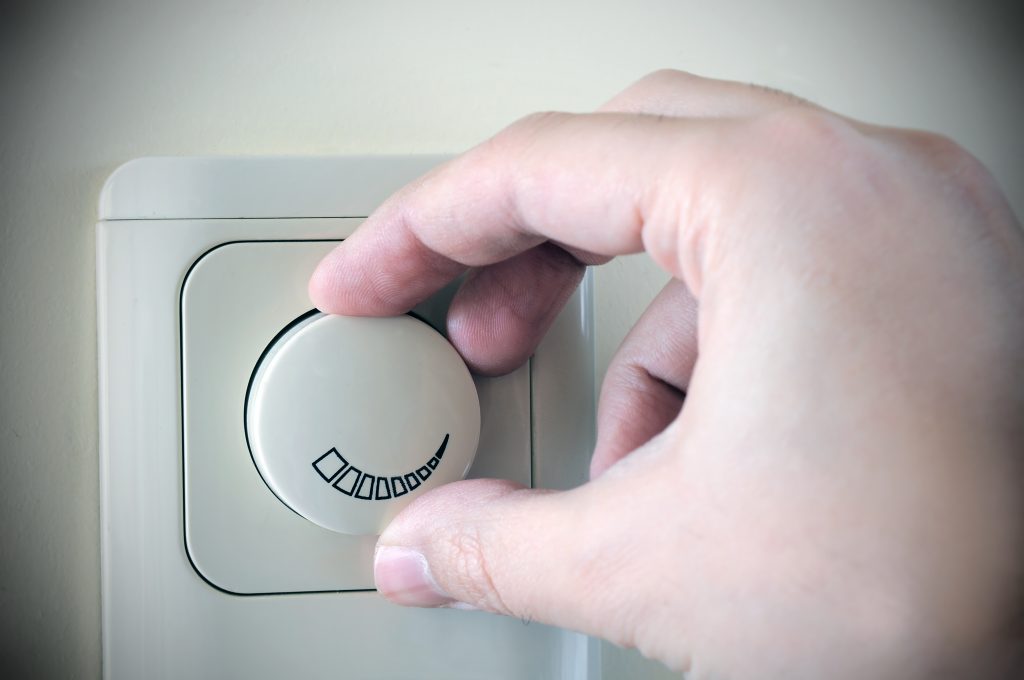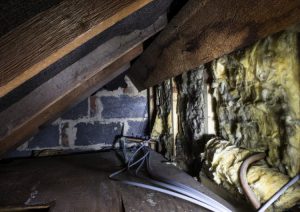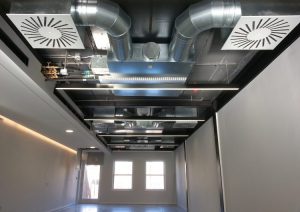Reducing your home’s energy consumption results in a reduction of the utility bills and your home’s carbon footprint. Here are 5 ways to save your home’s energy!
On average, an American household spends more than $2000 on energy bills.1 This amount is even higher when your house lacks proper insulation.
One of the most dreaded aspects of owning a home is being stuck with extremely high energy bills, especially when you are strapped for cash. Behavioral adjustments go a long way in reducing energy use in your home and reducing its carbon footprint.
Here are 5 effective ways to save energy at home.
- Purchase energy-efficient appliances
Appliances consume more than 10% of your total energy use. Before buying an appliance, look out for the ENERGY STAR label, which is a guarantee by the federal government that the appliance is energy efficient.
These appliances are usually more expensive than the rest but their operating costs are shorter in the long run. You should also invest in energy-efficient bulbs that consume a 75% less energy and last 25 times longer than traditional bulbs.2
- Fix your windows
Is your energy bill high during winter? The energy lost through window drafts can account to more than 20% of your energy bill which is why you should replace all single panes with double-pane windows. You should also use window shutters and shades to provide an extra layer of insulation and conserve heat.
Draft stoppers are an affordable and effective way of blocking cold air from getting in when placed along the base of the window.
- Insulate your home
Home insulation is by far one of the most effective ways of keeping your home warm during winter and cold during summer without incurring high energy bills. The type of insulation used should be dependent on the climatic conditions of your area and the R-value of the insulation materials.
Don’t forget to insulate the attic, between walls, crawlspaces, the basement and floors for maximum energy efficiency. You should also seal all leaks and pay special attention to the windows, doors, and vents.
- Install a smart thermostat
A smart or programmable thermostat reduces energy wastage by automatically turning off when the temperatures are above the set temperatures and switching back on once the temperatures drop.
These thermostats come in handy when you’re at work, asleep or away and can’t manually turn the thermostat off.
- Behavioral adjustments
Your household energy consumption has a lot to do with you. Turn off the fan when you leave a room and wash your clothes with cold water. Remove all furniture or any obstructions blocking the heating vents and make sure you switch off the bulbs when a room is not in use.
These changes may seem small but they will have a profound impact on your overall energy consumption.
Save energy at home with the above tips
Every step you take towards reducing your household’s energy consumption goes a long way in reducing your carbon footprint and reducing your utility bills. While the impact of the above tips may not be noticeable at first, in the long run, you will experience a considerable reduction in your energy bills.
Links to sources used
- Breaking Down the Typical Utility Bill | | ENERGY STAR – https://www.energystar.gov/products/ask-the-expert/breaking-down-the-typical-utility-bill
- LED Lighting | Department of Energy – https://www.energy.gov/energysaver/save-electricity-and-fuel/lighting-choices-save-you-money/led-lighting




